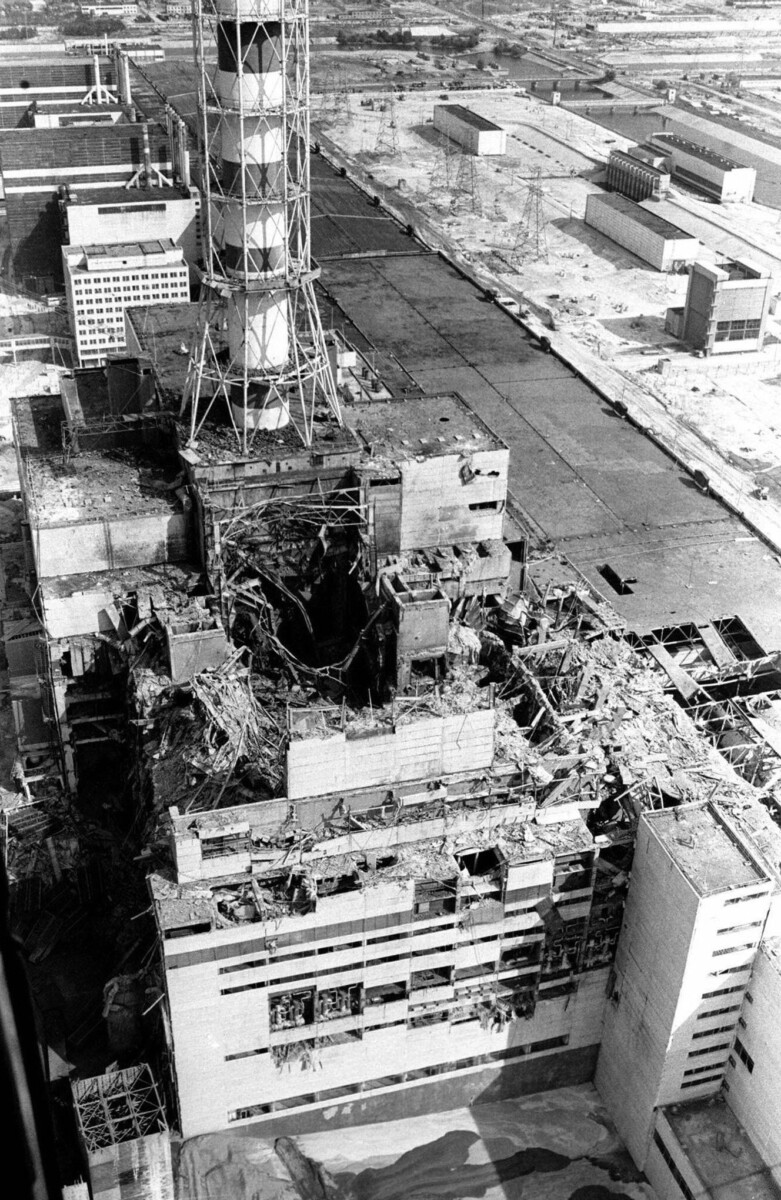Myth 1: Chernobyl Was the Worst Nuclear Disaster in History
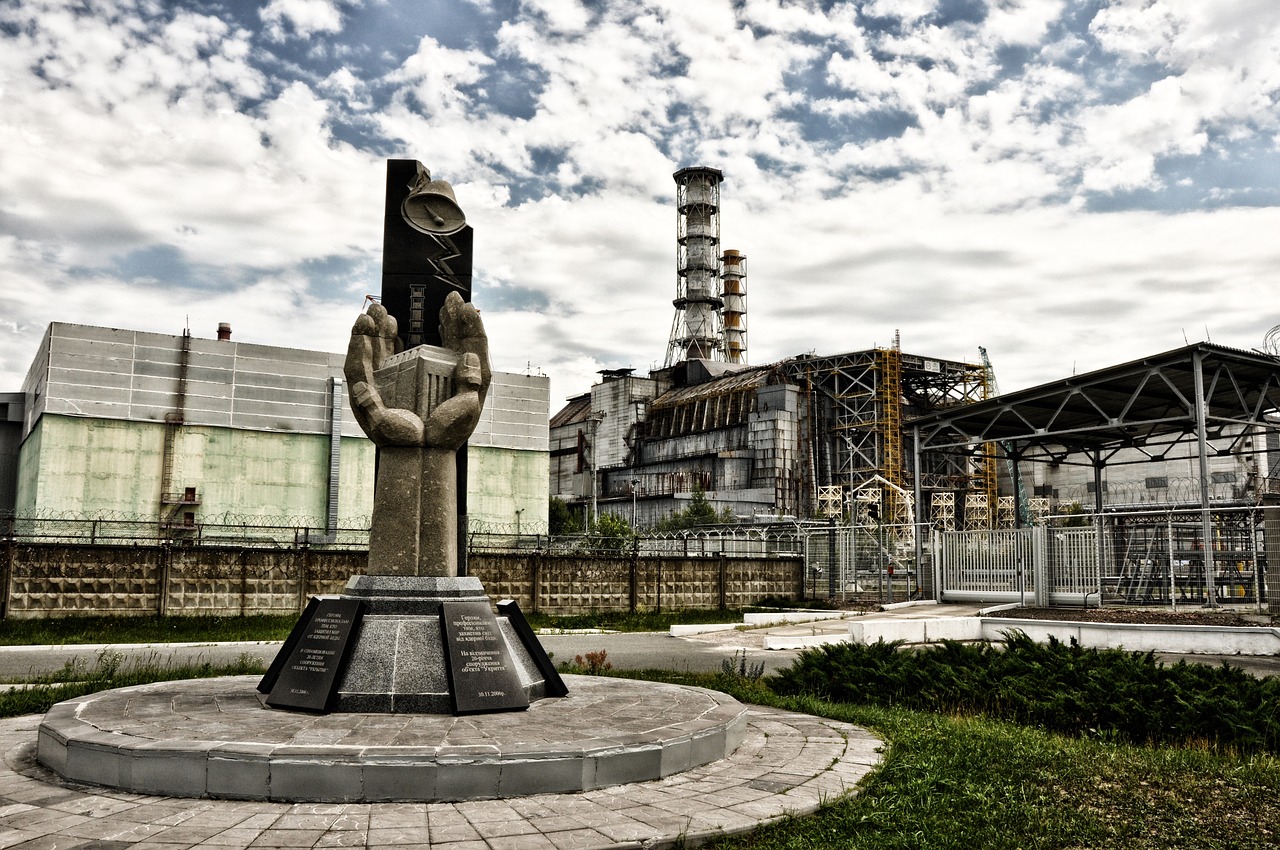
Many people still believe that Chernobyl stands alone as the worst nuclear disaster ever, but this claim is not entirely accurate. In truth, the Fukushima Daiichi disaster in Japan in 2011 was rated at the same severity level—Level 7 on the International Nuclear Event Scale (INES)—as Chernobyl, according to the International Atomic Energy Agency. Interestingly, the total amount of radioactive material released by Fukushima has been estimated by recent studies to be greater than Chernobyl’s in some respects, especially in contamination of the Pacific Ocean. Both disasters had unique impacts, with Chernobyl’s fallout spreading across Europe and Fukushima’s affecting the oceans and local communities in Japan. The tendency to focus on Chernobyl as “the worst” often overshadows important lessons from other nuclear incidents. Statistically, Fukushima’s long-term effects are still being studied in 2025, with new findings coming out every year. The myth of Chernobyl’s “uniqueness” creates unnecessary panic and leads to misunderstandings about nuclear safety worldwide. By comparing data and understanding the context of these events, a more balanced and informed view emerges.
Myth 2: Chernobyl Is Completely Uninhabitable
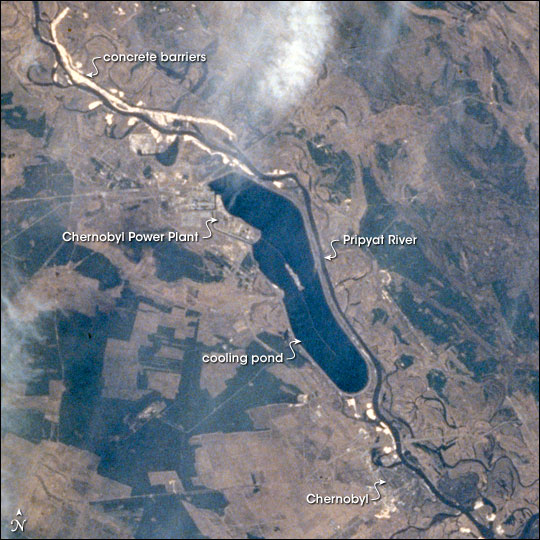
The idea that the Chernobyl Exclusion Zone is a lifeless wasteland is still widespread, but it doesn’t hold up to scrutiny. While some areas remain too radioactive for safe human habitation, large portions of the zone have seen a dramatic return of wildlife, including wolves, bears, lynx, and even rare species of birds. Studies from the Chernobyl Forum and recent Ukrainian government reports have shown that the absence of human activity allowed nature to reclaim the land in surprising ways. In fact, a small number of elderly residents, known as “self-settlers,” have lived in the zone for decades with minimal health problems attributed to radiation. In 2023, the Ukrainian government began discussing carefully controlled tourism in certain safer parts of the zone, signaling a shift in how officials and scientists view the region. The persistent myth of total uninhabitability has discouraged research and economic opportunities that could help revitalize local communities. The reality is more nuanced, with some areas remaining hazardous while others are becoming sites of ecological interest and study. This evolving situation shows that the future of Chernobyl is not as bleak as many imagine.
Myth 3: All Residents of Chernobyl Died from Radiation Exposure
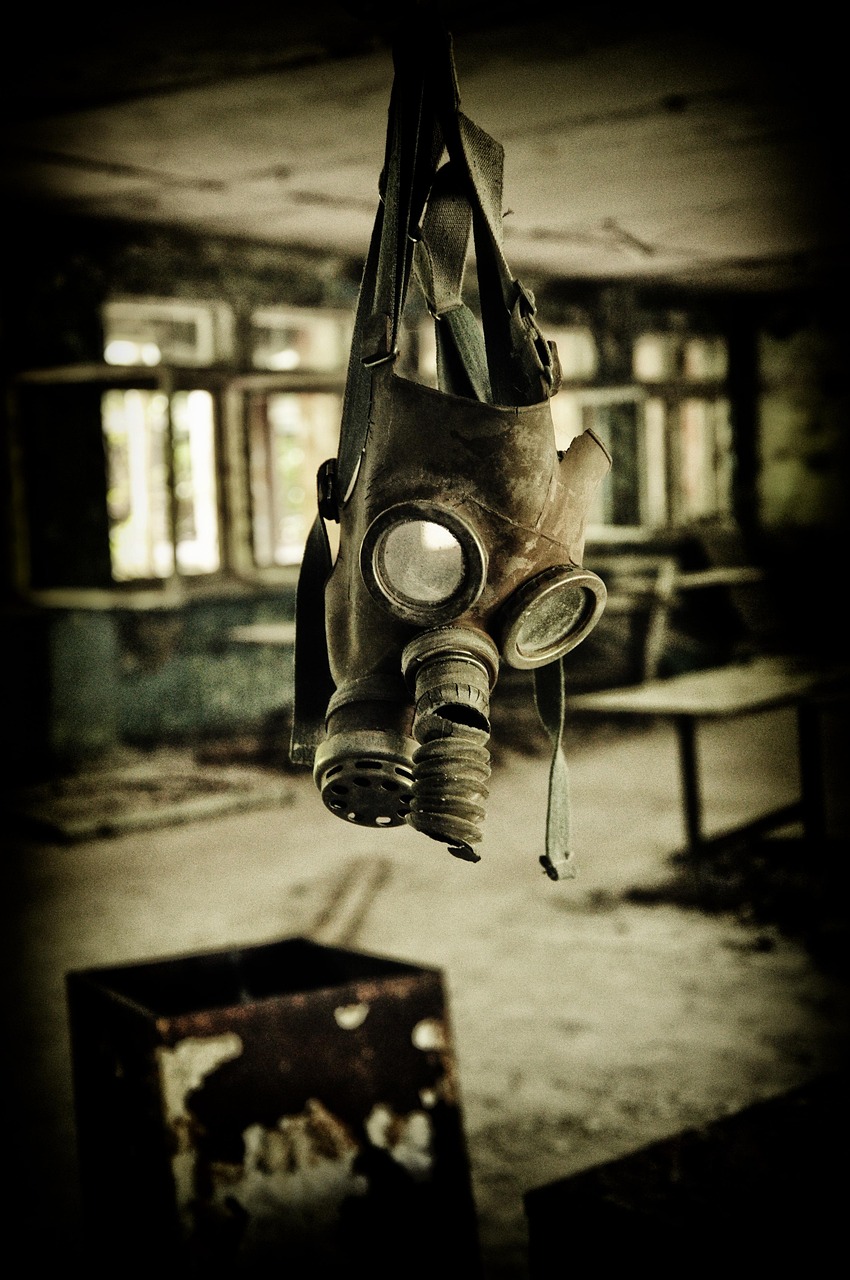
It’s shocking how many people still believe that everyone living near Chernobyl died from radiation. Although dozens of plant workers and first responders tragically lost their lives in the immediate aftermath, the World Health Organization estimates that about 4,000 people may eventually die as a result of radiation exposure among those most affected. This figure, while significant, is far less than the widespread death toll often cited in the media or popular culture. Many people who lived in the broader affected region survived and continue to live long lives, with studies in 2024 showing that psychological trauma and social disruption have been greater challenges for survivors than direct radiation effects. The fear and uncertainty caused by the disaster have led to increased mental health issues, such as anxiety and depression, which have impacted thousands. Scientific evidence shows that not all illnesses in the area can be linked directly to radiation, highlighting the need for careful public health communication. The myth that everyone died creates a sense of hopelessness and exaggerates the true scale of the disaster’s health impact. Understanding the real data helps provide support for those still living with the consequences today.
Myth 4: Chernobyl’s Radiation Will Last Forever
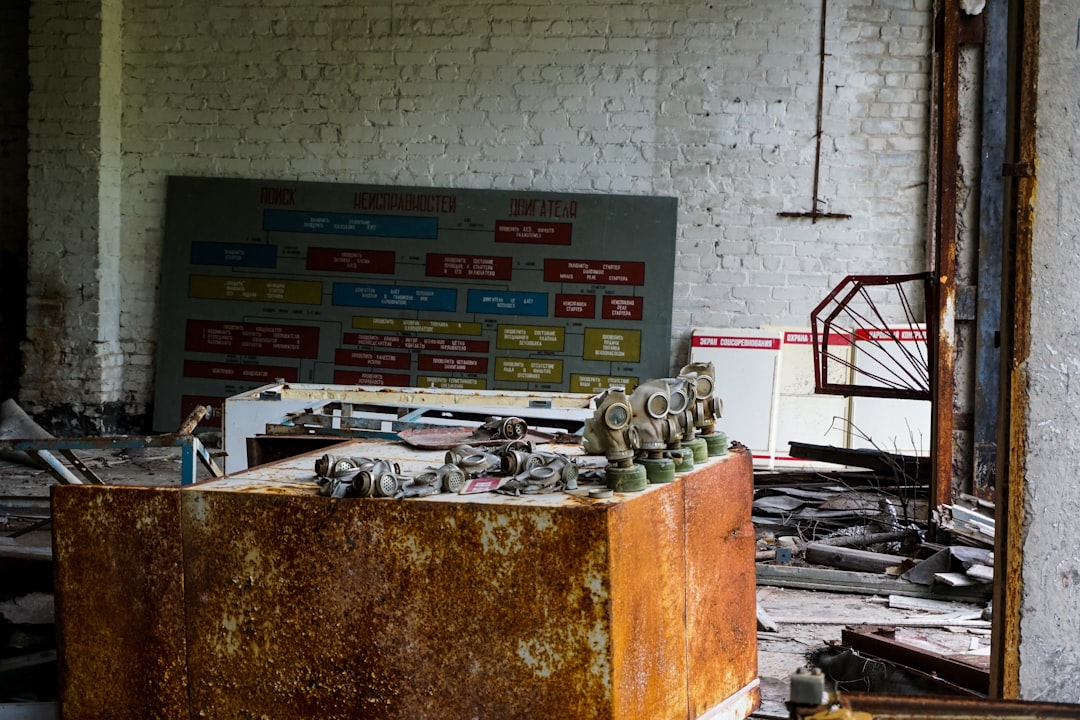
Many people imagine the Chernobyl site as a radioactive wasteland for thousands of years, but science tells a different story. The radioactive isotopes released in 1986, such as iodine-131, cesium-137, and strontium-90, each have different half-lives that determine how quickly their danger fades. For instance, iodine-131, which was very dangerous in the first weeks, has a half-life of just eight days, meaning it disappeared from the environment within months. Cesium-137, a more persistent contaminant, has a half-life of about 30 years, so its levels have already dropped by more than half since the disaster. Ongoing studies in 2025 show that radiation in many parts of the exclusion zone has declined to levels that allow for short visits or even limited habitation. The misconception that radiation is everlasting has stoked unnecessary fear and hindered recovery efforts in the region. While some “hot spots” will remain dangerous for centuries, most of the area is already much safer than many realize. This scientific reality provides hope for the future of Chernobyl and its surroundings.
Myth 5: Chernobyl Was a Result of Poor Engineering Alone
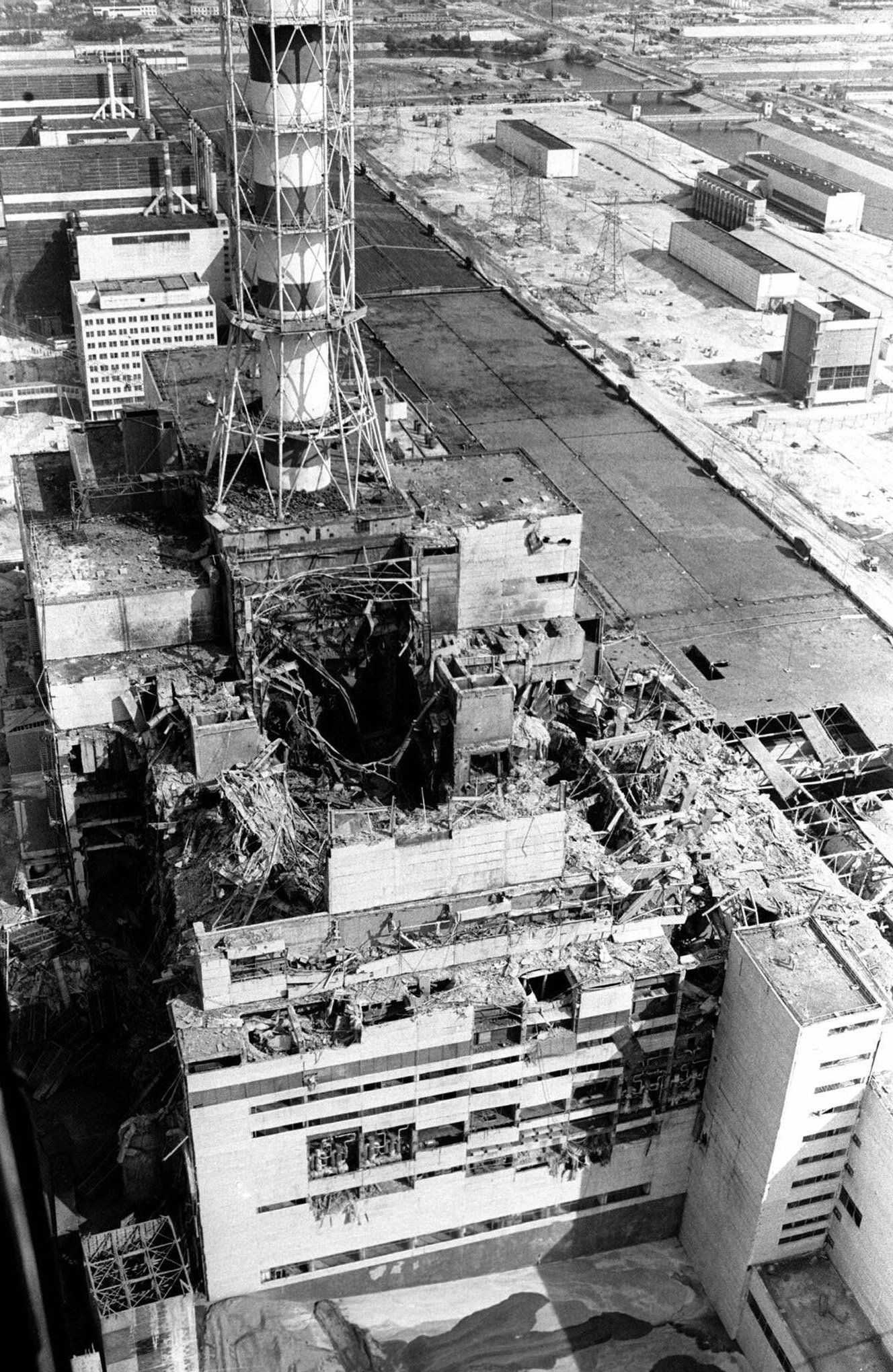
It’s easy to blame the disaster solely on shoddy Soviet engineering, but the truth is much more complicated. Investigations have revealed that the explosion was the result of a perfect storm: flawed reactor design, serious human error, and a culture of secrecy within the Soviet Union that discouraged open discussion of problems. The RBMK reactor used at Chernobyl had a unique design flaw—its positive void coefficient—that made it unstable at low power. Operators lacked proper training and were conducting a dangerous safety test without fully understanding the risks. In 2023, new research emphasized that bureaucratic pressure and a lack of transparency also played critical roles in the disaster. The official government reports eventually acknowledged that systemic failures, not just engineering flaws, led to the catastrophe. This myth prevents us from learning the true lessons of Chernobyl and improving global nuclear safety standards. Recognizing the many factors involved helps ensure better oversight and preparedness for the future.
Myth 6: Chernobyl’s Effects Are Limited to Ukraine
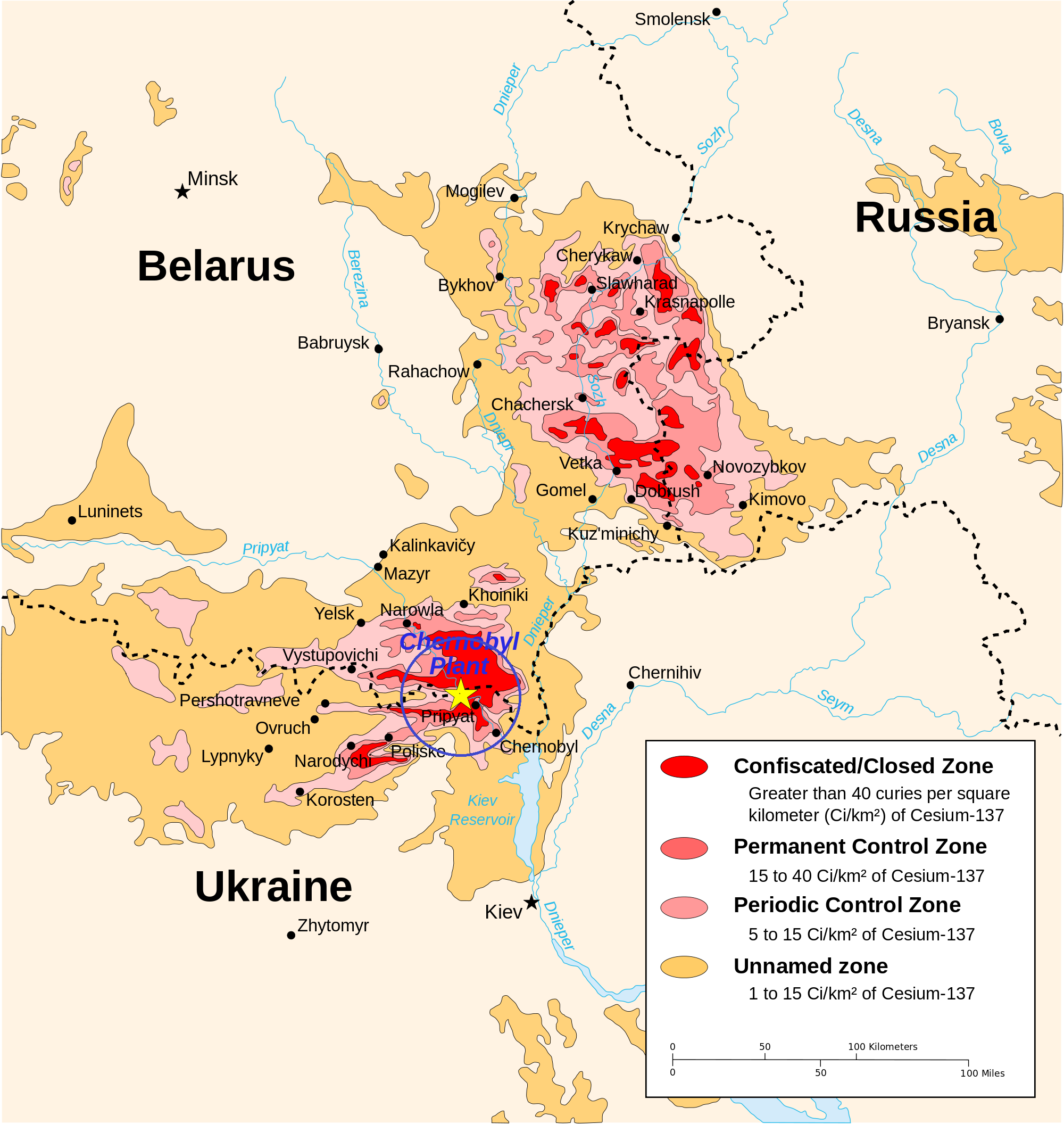
The belief that Chernobyl’s impact stopped at Ukraine’s borders is far from the truth. After the explosion, radioactive clouds drifted across much of Europe, contaminating parts of Belarus, Russia, Poland, Sweden, and even as far as the United Kingdom. Soil and water samples collected in 2024 still show trace amounts of radioactive isotopes in several European countries. The European Union has invested in long-term monitoring and decontamination programs, and recent studies confirm that some rural areas in Belarus and Russia remain affected to this day. The spread of radioactive material created political tensions and sparked debates about nuclear safety across the continent. The myth of local containment ignores the lasting international health, agricultural, and economic consequences. Understanding the true scale of Chernobyl’s fallout is essential for shaping responsible policies and fostering cooperation among nations. The disaster is a powerful reminder that nuclear accidents know no borders.
Myth 7: Chernobyl Is a Ghost Town
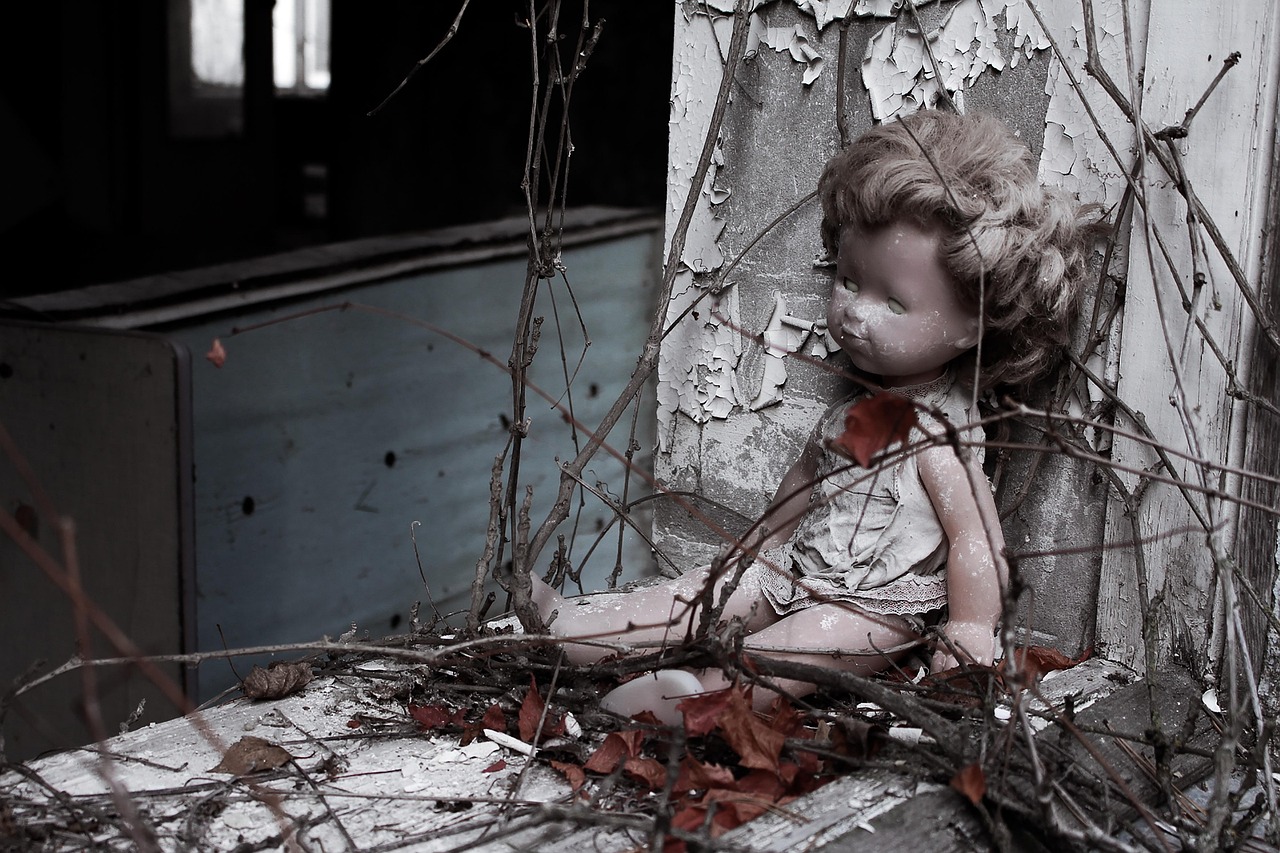
Images of deserted buildings and overgrown streets have led many to believe that the Chernobyl Exclusion Zone is a ghost town frozen in time. However, the reality is much more complex and, in some ways, more hopeful. In the absence of humans, nature has surged back with astonishing speed, creating what some scientists call a “radioactive wildlife reserve.” Wolves, wild boar, bison, and rare birds now roam freely where people once lived and worked. Since 2011, the Ukrainian government has allowed limited guided tourism, and in 2025, over 60,000 visitors per year come to learn about the disaster and witness the rebirth of the landscape. A handful of determined residents have returned to their old homes, living off the land and forming a small but close-knit community. The image of a lifeless wasteland ignores the remarkable adaptability of both nature and people. This reality challenges our assumptions and invites us to reconsider what recovery really means.
Myth 8: Chernobyl Was a Government Cover-Up
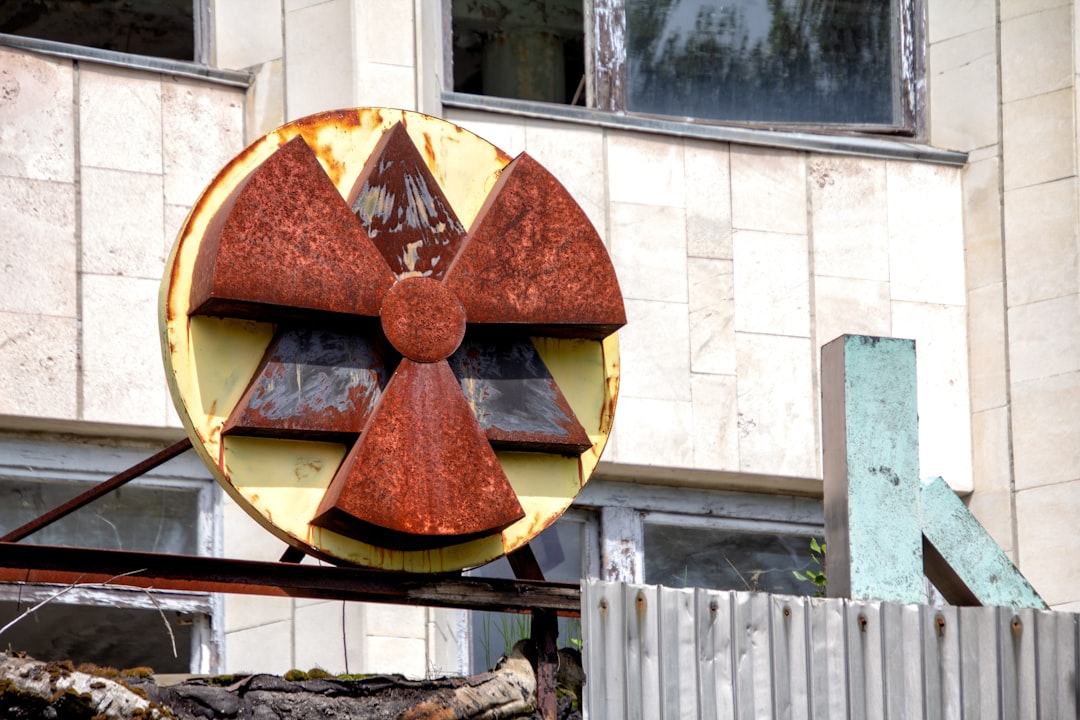
Many people claim that the Soviet government completely covered up the Chernobyl disaster, but the full story is more layered. In the first days after the explosion, Soviet officials did try to hide the scale of the accident, even as radiation alarms sounded in Scandinavia. However, international pressure and undeniable evidence forced the government to admit the disaster within a few days. Declassified documents published in 2023 reveal that Soviet authorities struggled to respond and eventually allowed foreign experts to help with cleanup and containment. The initial secrecy damaged public trust and contributed to a global sense of chaos. But the idea that everything was covered up forever is simply not true—by the late 1980s, the world knew the facts, and the disaster became a catalyst for greater transparency and nuclear safety reforms. This myth shapes how people view official responses to crises, often leading to suspicion even when facts are available. Understanding the truth behind the myth is essential for building trust in today’s nuclear oversight.

